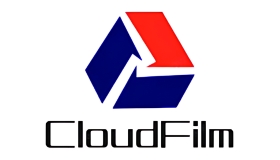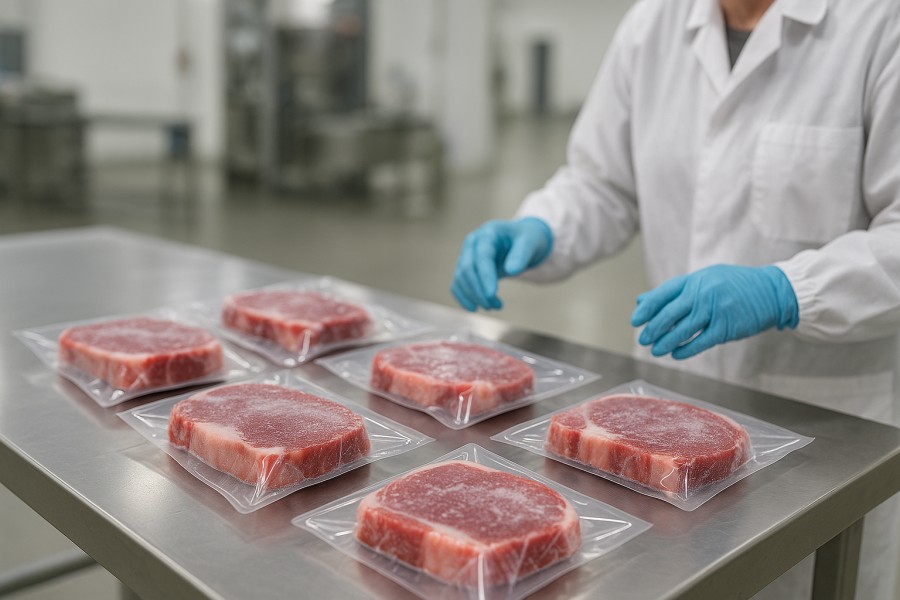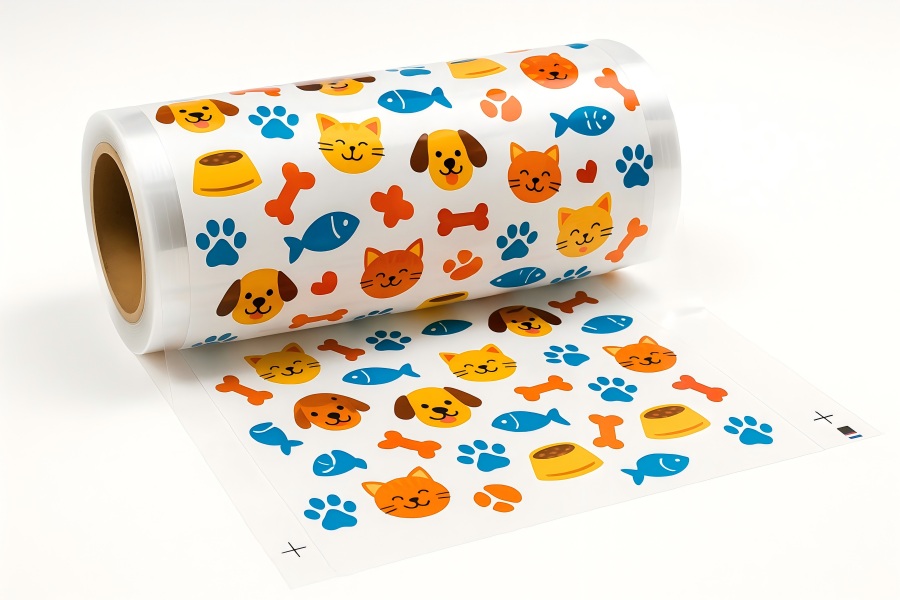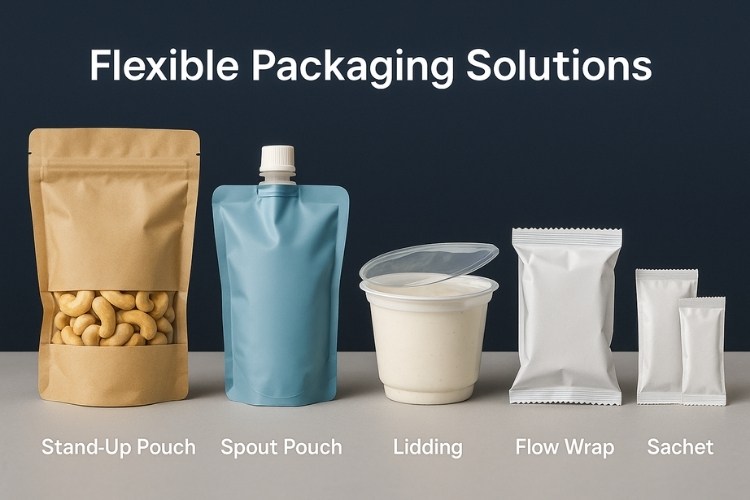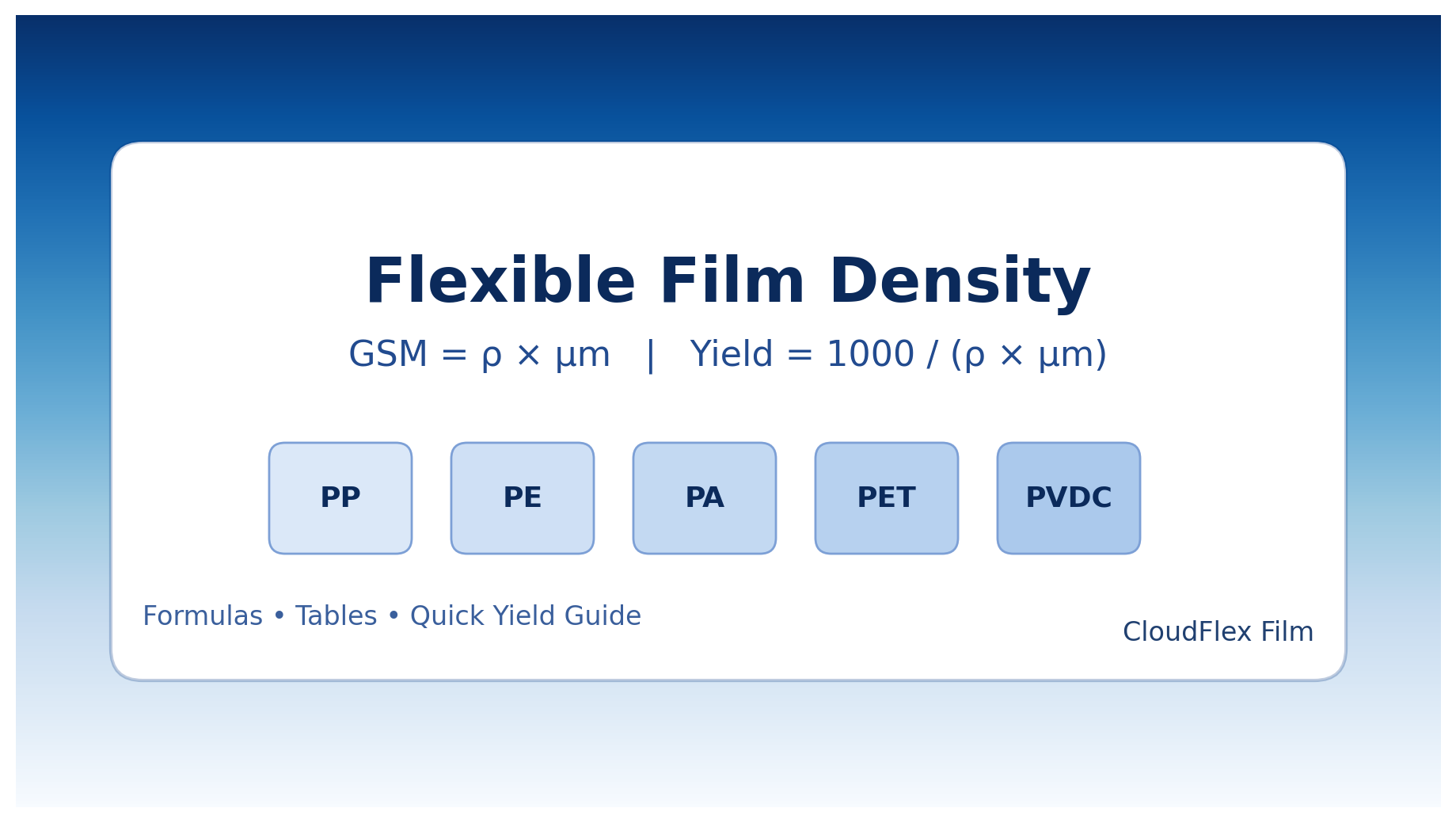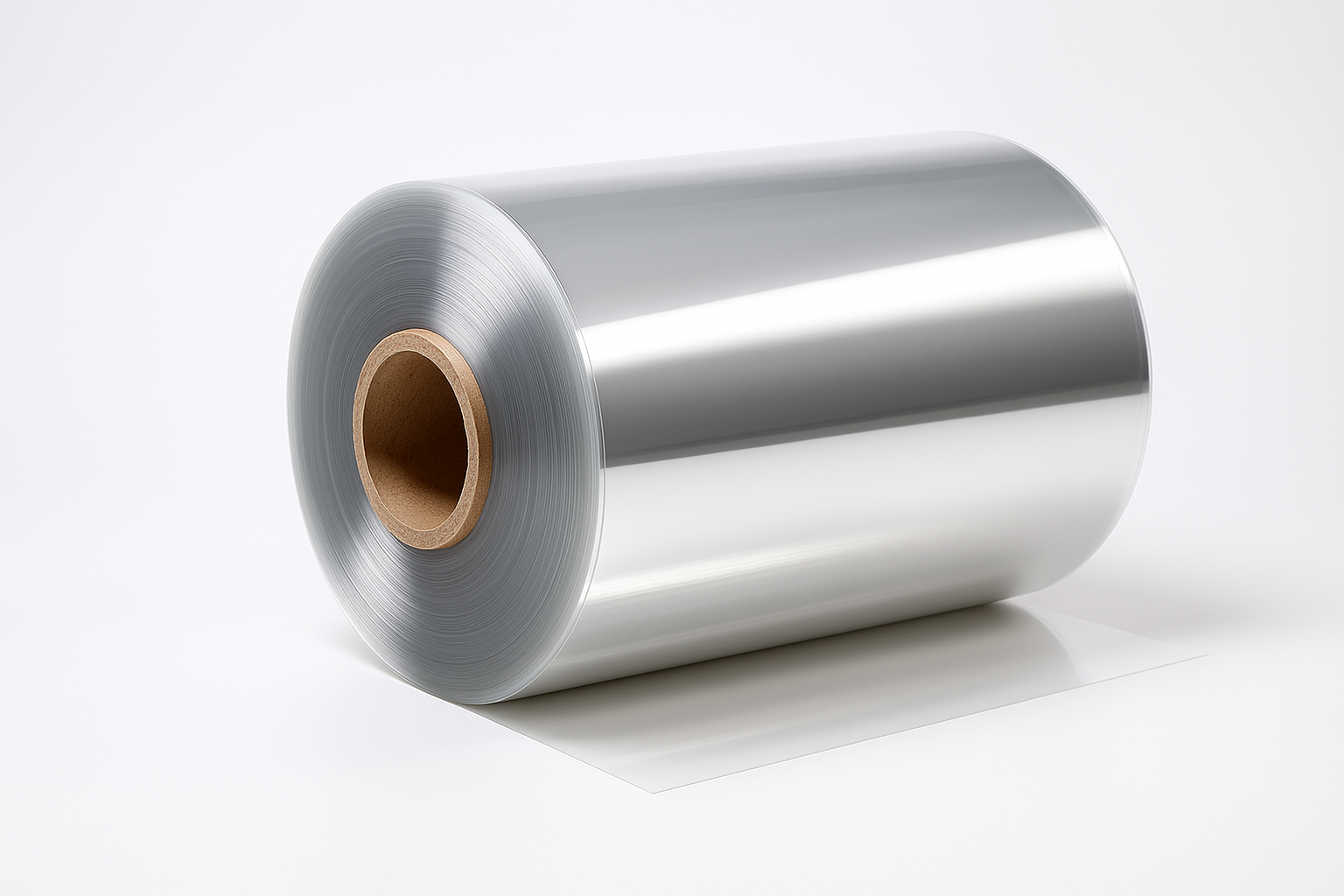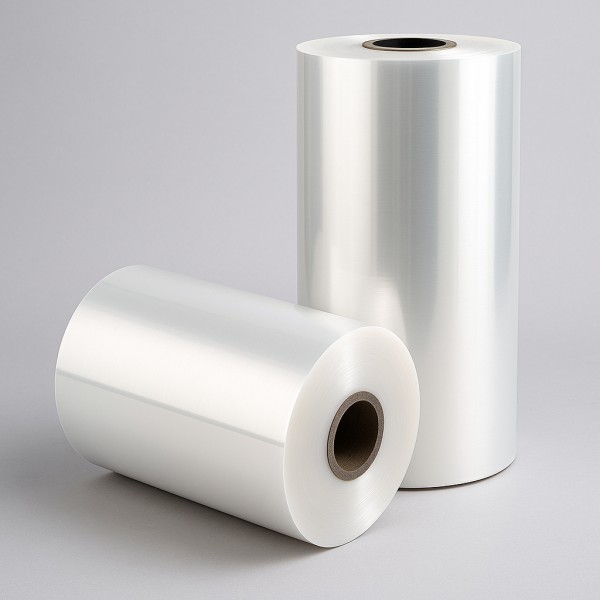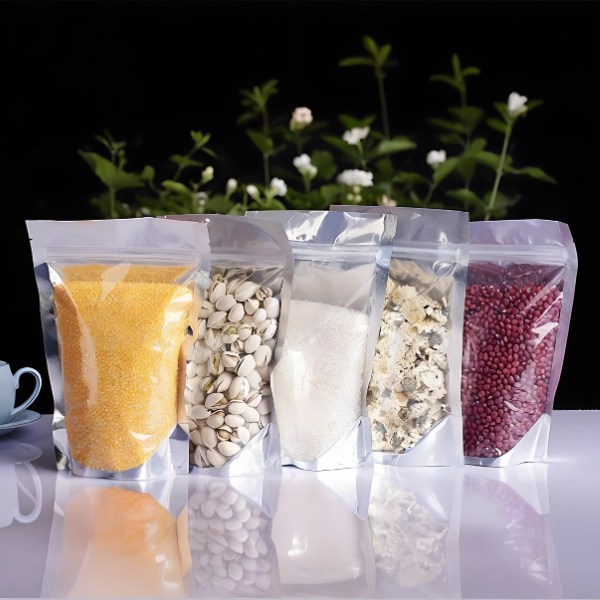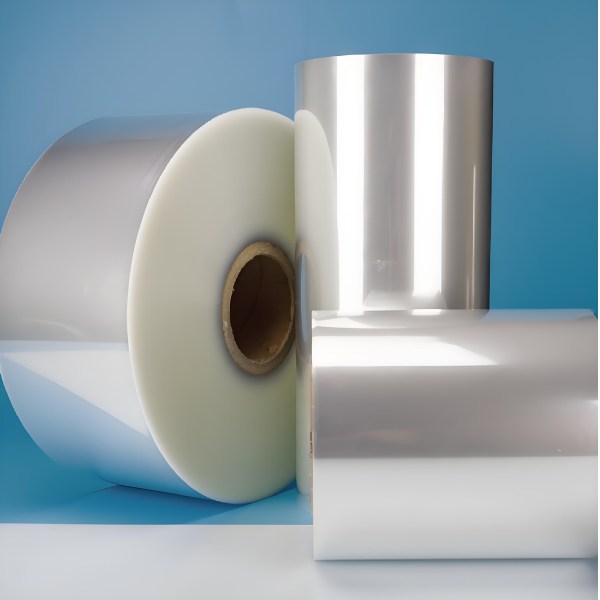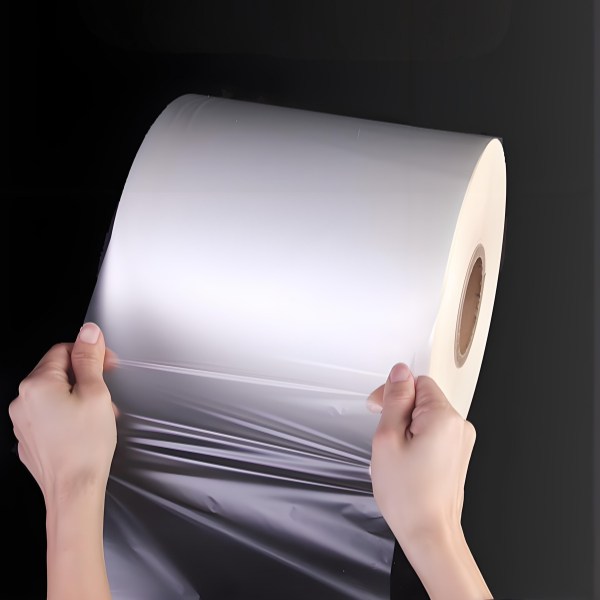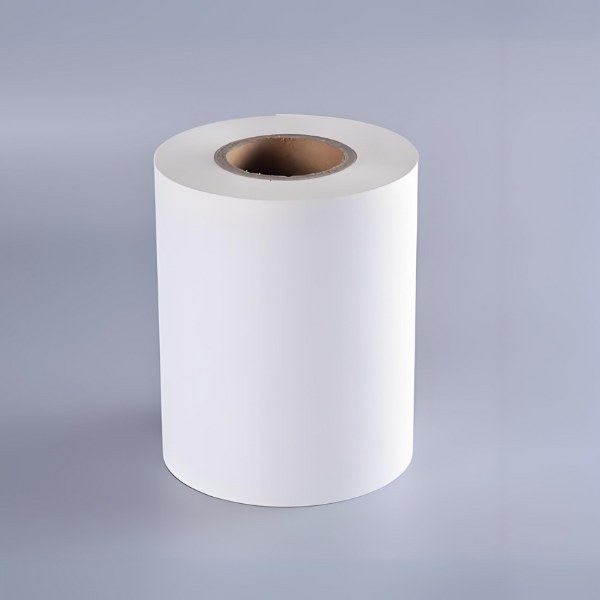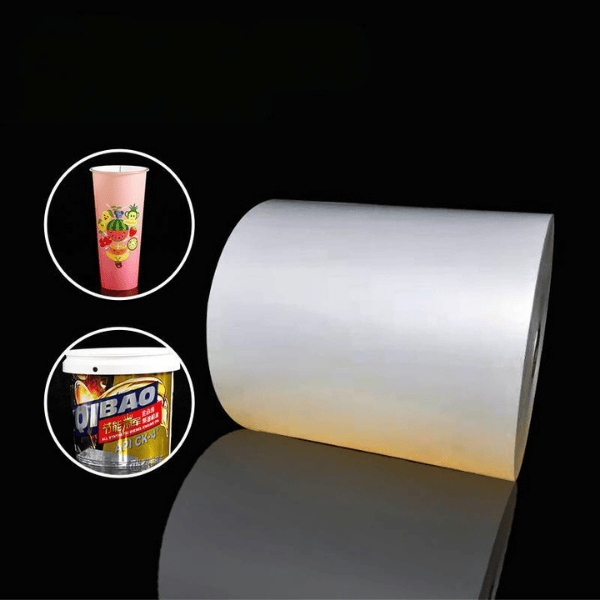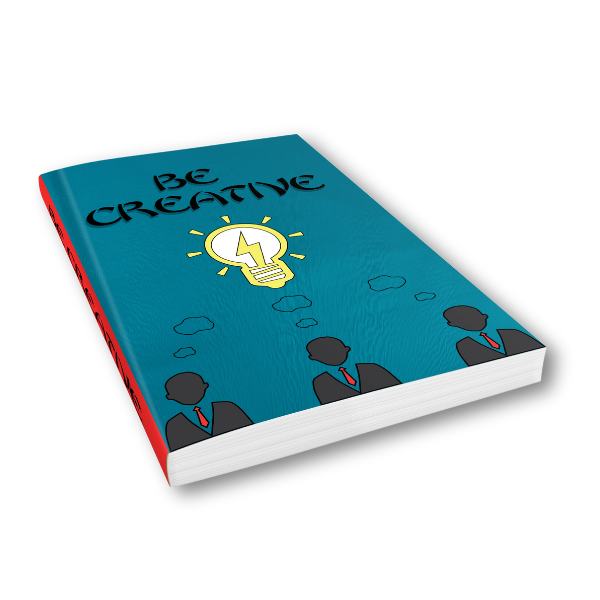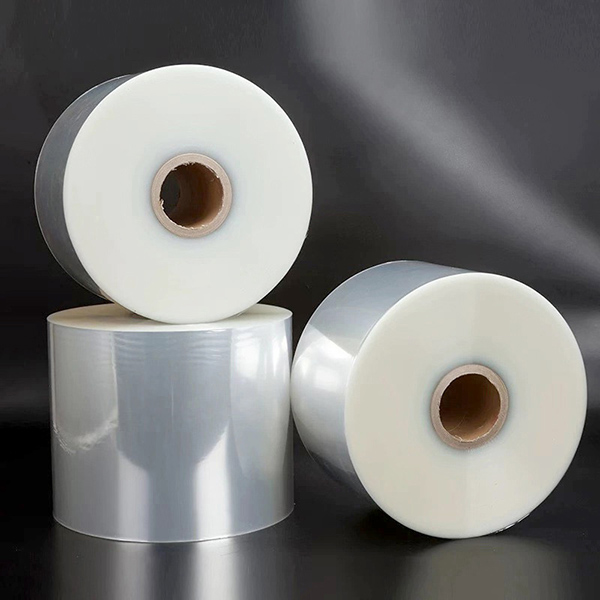In today’s fast-evolving packaging industry, sustainability is no longer optional—it’s essential. As businesses and consumers alike demand greener alternatives, questions about the recyclability of packaging materials are more common than ever. One such material is BOPP (Biaxially Oriented Polypropylene), widely used for flexible packaging. But the key question remains: Is BOPP recyclable?
In this comprehensive guide, CloudFilm breaks down everything you need to know about BOPP recyclability—its benefits, challenges, recycling processes, and how CloudFilm is supporting a more sustainable future.
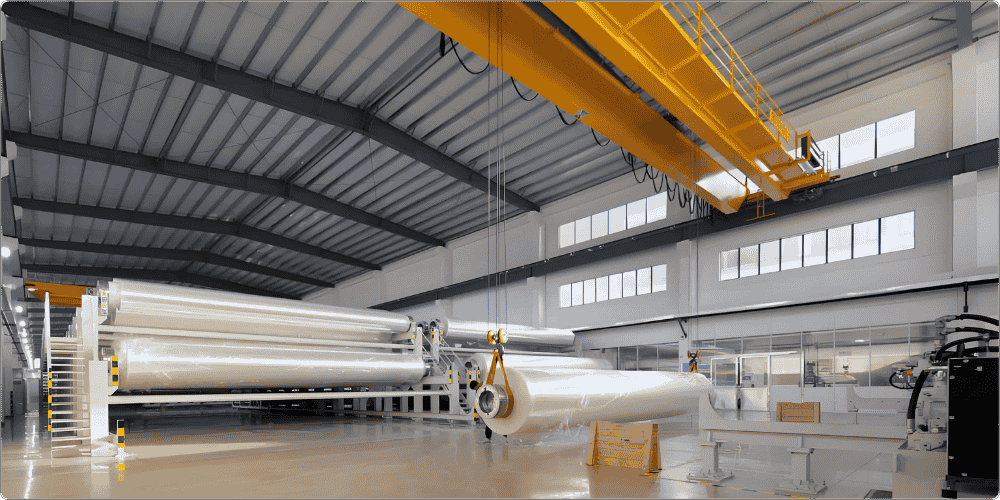
{ BOPP Film Production Line }
What Is BOPP?
BOPP (Biaxially Oriented Polypropylene) is a versatile plastic film made by stretching polypropylene in both machine and transverse directions. This process enhances its strength, clarity, and barrier properties, making it ideal for packaging applications like:
- Food packaging (snacks, noodles, confectionery)
- Label films
- Adhesive tapes
- Gift wraps
BOPP is popular due to its lightweight nature, excellent printability, and moisture resistance. But what about its environmental footprint, particularly recyclability?
Is BOPP Recyclable?
Yes, BOPP is recyclable. As a polypropylene-based material, it carries the resin identification code #5 (PP), which is widely accepted in recycling streams across many countries.
However, recyclability doesn’t automatically mean every BOPP product will be recycled in practice. Several factors affect whether BOPP packaging ends up being recycled:
Factors That Support BOPP Recyclability
- Mono-material structure: Pure BOPP films (unlaminated, uncoated) are easier to recycle.
- Clean and dry: Contamination from food residue or other materials can hinder recycling.
- Local recycling capabilities: Not all municipalities have the infrastructure to process polypropylene films.
Challenges to BOPP Recycling
- Multi-material laminates: BOPP is often laminated with other materials (e.g., aluminum foil, PET) to improve barrier properties. These laminates are harder to recycle.
- Inks and adhesives: Heavy printing or solvent-based adhesives may interfere with recycling.
- Lack of consumer awareness: Many consumers don’t know BOPP is recyclable and mistakenly discard it with general waste.
How Is BOPP Recycled?
The recycling process for BOPP involves several stages:
1. Collection
Used BOPP packaging is collected through curbside recycling programs, drop-off centers, or take-back schemes.
2. Sorting
At recycling facilities, BOPP is separated from other plastics using infrared sensors, flotation tanks, or manual sorting.
3. Shredding and Washing
The sorted BOPP is shredded into small flakes and washed to remove contaminants like inks, adhesives, and food residues.
4. Melting and Repelletizing
Clean flakes are melted and extruded into pellets, which can be used to manufacture new plastic products.
5. Reuse
The recycled pellets are turned into new packaging materials, automotive parts, textiles, or construction products.
Benefits of Recycling BOPP
Recycling BOPP offers significant environmental and economic advantages:
- Reduces landfill waste: Diverts plastic from landfills and oceans.
- Conserves resources: Saves raw materials and energy compared to virgin plastic production.
- Lowers carbon footprint: Emits fewer greenhouse gases than manufacturing new plastic.
- Supports circular economy: Enables the reuse of materials in new products.
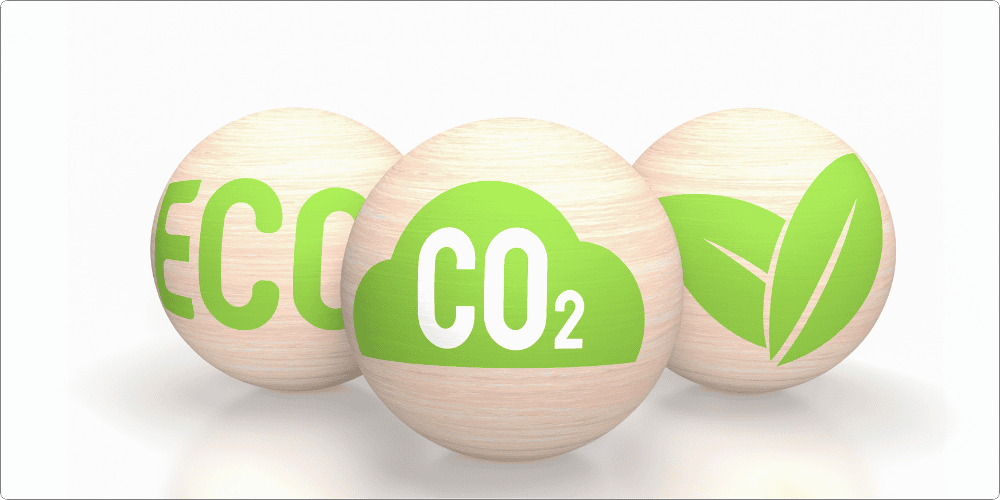
{ Recycling BOPP Can Significantly Lower Your Carbon Footprint }
CloudFilm’s Commitment to Sustainable BOPP Solutions
At CloudFilm, we recognize the importance of balancing performance with sustainability. That’s why we’re committed to developing recyclable BOPP films that meet both functional and environmental needs.
Our initiatives include:
- Mono-material BOPP structures: Designed for full recyclability.
- Water-based inks and adhesives: Minimize contamination during recycling.
- Collaboration with recyclers: Working closely with recycling facilities to improve BOPP recovery rates.
- Customer education: Providing clear guidance on how to recycle our products responsibly.
How to Choose Recyclable BOPP Packaging
When selecting BOPP films for your packaging needs, consider these tips:
- Opt for mono-material films: Avoid laminates unless absolutely necessary.
- Work with certified suppliers: Choose partners like CloudFilm who prioritize recyclability.
- Label clearly: Use recycling symbols and instructions to help consumers dispose of packaging correctly.
- Stay updated on regulations: Ensure compliance with local and global recycling standards.
Frequently Asked Questions (FAQ)
Q1: Can BOPP with printing be recycled?
Yes, but it depends on the type of ink used. Water-based inks are more recycling-friendly.
Q2: Is BOPP better than PE in terms of recyclability?
Both are recyclable, but BOPP typically offers better barrier properties and clarity, making it ideal for food packaging.
Q3: Can BOPP be recycled with other plastics?
Only if it’s separated properly. Mixed plastics can contaminate the recycling stream.
Q4: Does CloudFilm offer customized recyclable BOPP solutions?
Yes, we provide tailored BOPP films designed to meet specific sustainability goals.
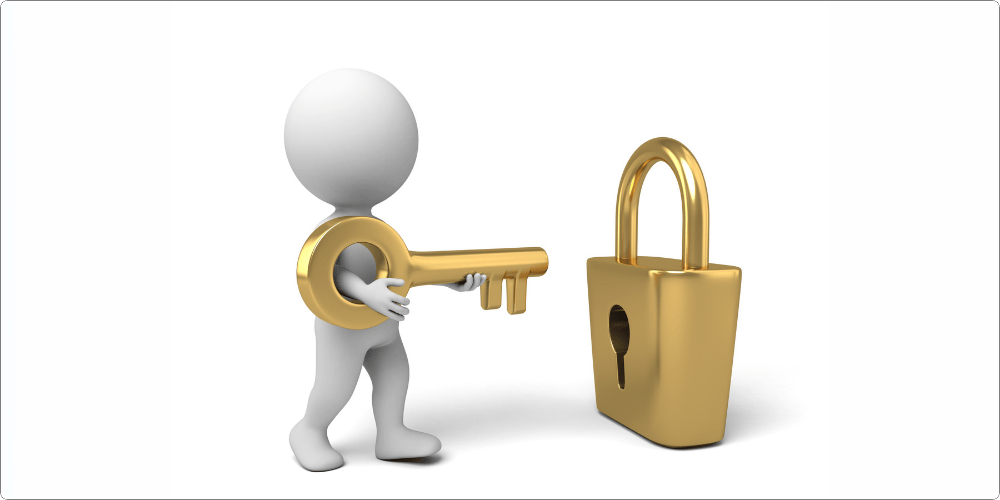
{ CloudFilm Can Provide You With Recyclable BOPP Solutions }
Conclusion
BOPP is not only a high-performance packaging material but also a recyclable one—when handled correctly. By choosing the right structures, educating consumers, and collaborating across the value chain, we can significantly improve BOPP recycling rates.
At CloudFilm, we’re proud to lead the way in sustainable packaging innovation. If you’re looking for recyclable BOPP solutions that don’t compromise on quality, get in touch with our team today.
